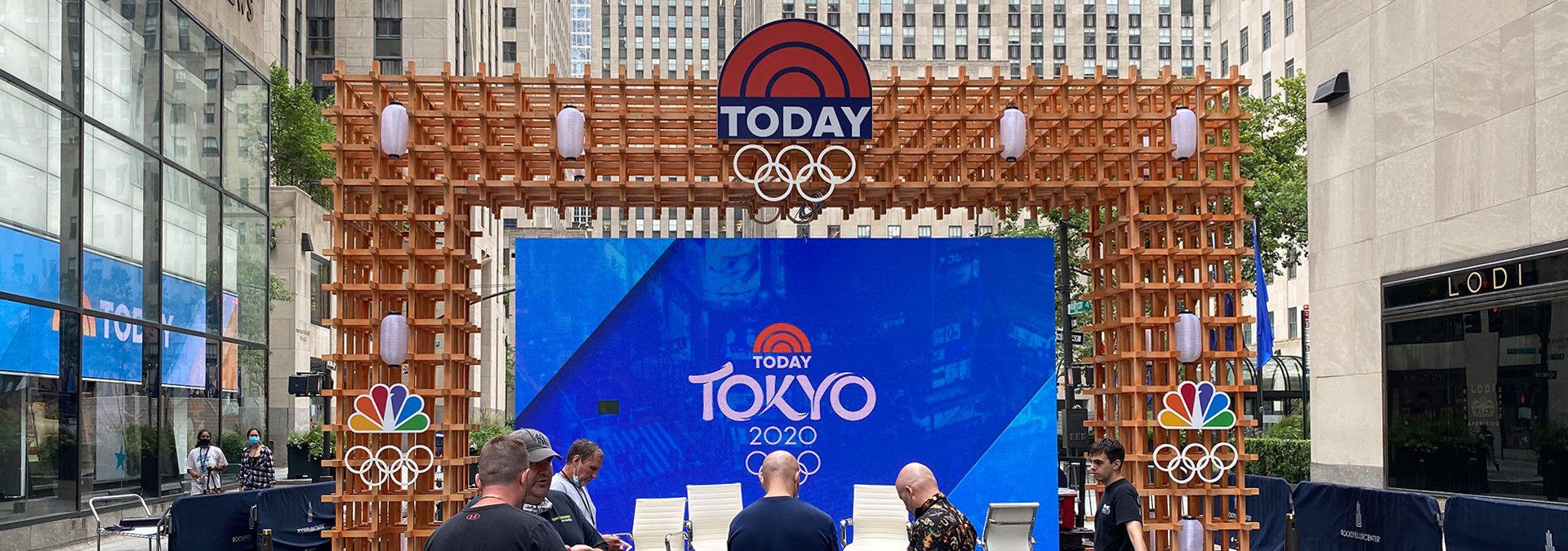Clarifying LED Wall Surface Luminance Measurements aiming at Optimal Screen Performance
Clarifying LED Wall Surface Luminance Measurements aiming at Optimal Screen Performance
Blog Article
LED panel screens have become more and more popular across various settings, from homes to businesses and public spaces. These panels are recognized for the vivid as well as dynamic visuals, that render these suitable to communicating data, ads, and entertainment. Nevertheless, understanding the brightness measurements for LED wall panels is essential for guaranteeing ideal visual efficacy. Illumination can be quantified in units called nits, which indicate how much luminosity is emitted from a screen. A greater the number of nits, the brighter a display is. For, instance, one screen boasting 1,000 candelas is considerably more vivid compared to one with 500 nits, making it more suitable in brightly lit environments.
When choosing a Light Emitting Diode panel panel, it is crucial to take into account the environment in that the screen will be placed. For well-lit illumined spaces, like retail environments and open-air locations, higher higher brightness level is necessary to ensure visibility. Conversely, within dimmer settings, like cinemas or conference rooms, a lower brightness level may suffice. This is because excessive brightness in a dark environment can lead in viewer discomfort for viewers, causing it more difficult for concentrate with a screen. Therefore, comprehending the specific requirements of the installation location can help in choosing the right illumination rate to ensure ideal visual experience.
A further crucial element for take into account the the differential ratio of the LED wall panel. The contrast ratio measures the difference exists between the brightest most luminous light versus the dark black that the panel is able to produce. An higher contrast ratio indicates the display can it is capable of show more detail and richness, thereby enhances overall visual clarity. For example, one screen with a contrast ratio at 10,000:1 will display visuals featuring more vivid colors and crisper features than one with a proportion of 1,000:1. This is particularly important when displaying visuals and motion graphics that require greater definition as well as detail, such as presentations or promotional material.
Additionally, the technology mechanism behind LED wall screens has an crucial role for the brightness and total efficiency. Various types of LED methods, including Organic Light Emitting Diode as well as Liquid go to this website Crystal Display, have unique characteristics that affect the way luminosity is experienced. OLED panels often provide superior contrast and deeper shades, thereby can enhance a visual experience in darker settings. Conversely, standard LED panels may be better for bright spaces because of their capacity for generate greater levels of illumination. Comprehending these tech-related variances can guide consumers in making informed decisions according to their specific requirements.
Finally, regular care as well as adjustment of Light Emitting Diode panel panels can assist maintain optimal illumination as well as performance long-term. Dust and particles may accumulate in a screen, affecting the illumination and clarity in a visual. Regular washing as well as expert calibration may guarantee that the screen operates at top optimal, providing consistent visual quality. Additionally, certain advanced Light Emitting Diode panel panels feature with built-in options which allow operators for adjust illumination levels as well as hue settings based on individual wants. Through implementing these measures, users can guarantee that LED LED wall browse this site screens deliver an optimal visual efficiency, regardless of where environment where that they are placed.